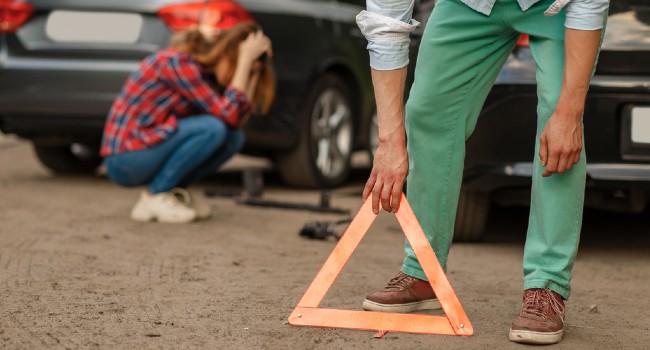
Pursuing a personal injury claim? It can be beneficial to be familiar with the types of evidence that may be needed to help substantiate your claim. For starters, evidence can be broadly classified into two categories – physical (tangible evidence) and non-physical.
Physical evidence refers to tangible evidence, which can be seen by the judge and jury. It can be extremely impactful because juries can see what happened and get a sense of the severity of the accident.
Tangible evidence refers to items the jury can have direct interaction with such as clothing, equipment, and receipts. However, not all evidence can be preserved or brought into a courtroom, so photographs serve as a way to document this evidence. This might include photographs of the immediate scene of the accident, other vehicles on the road, defective parts, skid marks, broken glass and debris, your injury, and more. All of these types of items can tell the story of what happened to the judge and jury.
Questions? Call us at (877) 284-6600.
Non-physical evidence is usually factual or testimonial in nature and meant to be presented as information to the jury for them to draw the intended conclusion. Typically, non-physical evidence is the bulk of your case and includes:

Normal witnesses can testify to what happened at the scene of the accident.
Expert and normal witness testimony. Experts may be retained by your attorney to give an expert opinion on a piece of evidence or information, such as an accident reconstruction. Normal witnesses can attest to what happened at the scene and can confirm your account of what happened.
Police Report. This document serves as the accepted factual and official report about what happened. It can be critical to help build your case, especially when the defendant is issued a ticket or violation.
Depositions. These preliminary testimony statements delivered by witnesses under oath outside the courtroom occur without cross-examination. Primarily, they bring out the facts in the case prior to trial.
Medical Bills show the financial impact of your injuries and will include hospital stays, prescriptions, lab tests, extended care, and more depending on the treatment required for your injuries.
Medical records provide extensive detail and documentation on your injuries and will include x-rays, surgical records, lab test results, discharge instructions, and more. Again, this shows the jury the extent of your injuries.
Do not forget your own recollections. Be sure to write down, in your own words, everything you remember about what happened. Try not to leave out any details. This will be invaluable when you meet with your personal injury attorney.

Have you been seriously injured in a motor vehicle accident, a slip and fall, or some other accident in which you suffered serious injuries due to another’s negligence? Call Nash & Franciskato at (877) 284-6600. We have a successful track record of helping accident victims collect the compensation they deserve.
One of our experienced staff will speak with you personally and will provide you with a free, no-obligation review of your case.
SCHEDULE A FREE REVIEW OF YOUR CASE
Would you like to receive news and blog updates regularly? Sign up to receive our email newsletter. Your email address will only be used to send you our newsletter and respond to inquiries.
Past results afford no guarantee of future results and each case is different and is judged on its own merits. The choice of a lawyer is an important decision and should not be based solely on advertisements.
Editor’s Note: This post was originally published on April 26, 2021. It was reviewed on July 5, 2023, and again on March 11, 2025, and updated for content and accuracy.